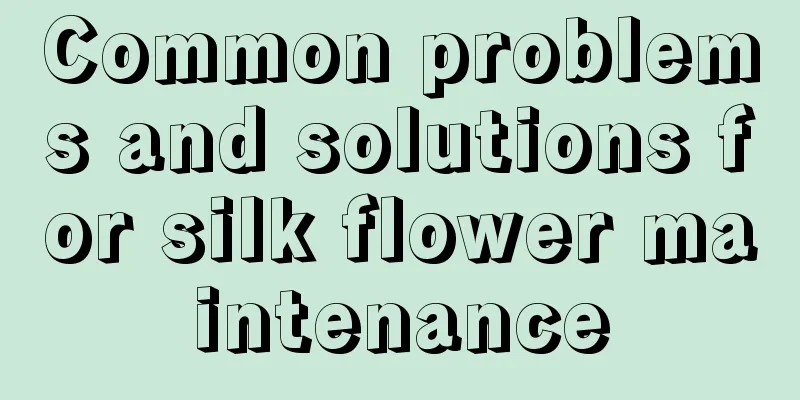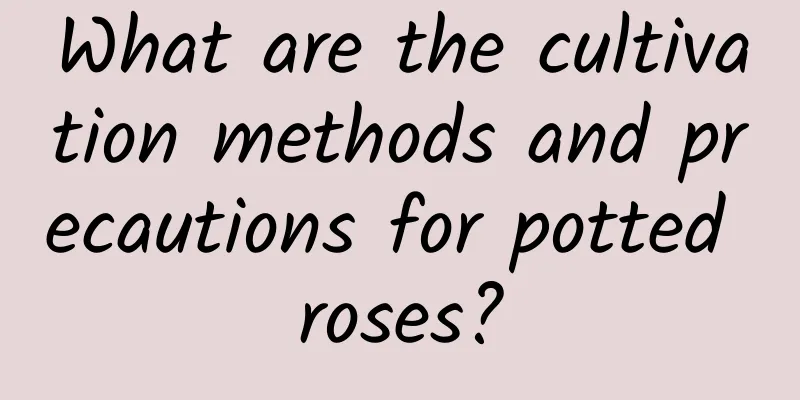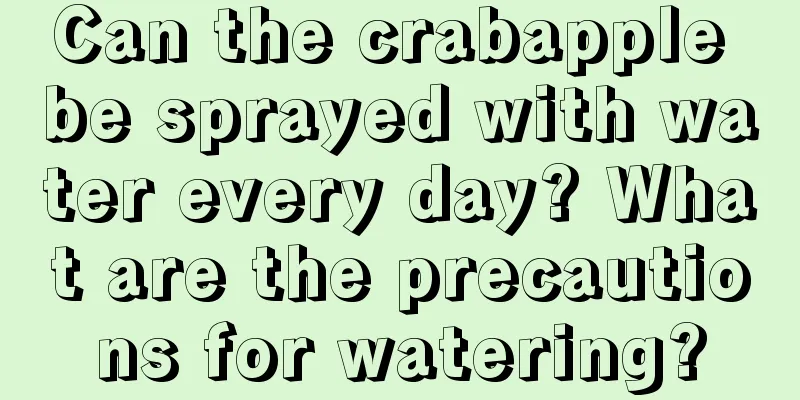Common problems and solutions for silk flower maintenance

How to trim silk flowersPruning is an essential part of cultivating silk flowers. The main purpose of pruning silk flowers is to promote their good growth and make them beautiful in shape. First, in order to make the silk flower grow and bloom better, it needs to be pruned. Pruning in summer mainly involves pruning the flower branches of the silk flower and cutting off excess flower buds; pruning after flowering mainly involves cutting off the remaining flowers, which can reduce nutrient consumption and encourage the silk flower to bloom again. Normally, it is necessary to prune the overly long, overly dense, dead, and diseased branches of the silk flower. This can enhance ventilation and light transmission, promote the healthy growth of the silk flower, and prune and cut off the dead and diseased branches to reduce the chance of diseases and pests in the silk flower. Secondly, the purpose of trimming silk flowers is to make them beautiful. Whether it is pruning long branches, dense branches or diseased and dead branches that affect the viewing experience, as well as withered flowers and excess flower buds, they are all removing unfavorable factors that affect the viewing experience of the silk flower. When pruning, you can reasonably prune the shape of the silk flower according to your own wishes. What to do if the silk flower roots rotRoot rot will affect the growth of plants, and silk flowers are no exception. Sometimes silk flowers will also suffer from root rot due to improper maintenance. Root rot is mostly caused by water accumulation in the soil, so when growing silk flowers, you need to pay attention to the moisture level of the soil and avoid water accumulation. Pay attention to drainage during the rainy season to prevent root rot. Pests and diseases of silk flowerThe diseases and pests that may occur during the cultivation of silk flowers are mainly powdery mildew, black spot disease and anthracnose. The insect pests are mainly beetles and some other pests, which need to be sprayed with pesticides in time for prevention and control. For details, please refer to the diseases and pests of silk flowers and their prevention and control . |
<<: Common problems and solutions of alum root
>>: What to do if Chlorophytum comosum does not bloom
Recommend
The spider plant he grew was two fingers wide and its leaves never dried up or turned yellow, all because he did this!
1. How to grow spider plants to 2 meters wide 1. ...
Cultivation methods and precautions of Anemone
How to grow anemone Pot soil selection To grow an...
The difference between Yunnan Paris polyphylla and Chinese Paris polyphylla
1. Differences in the stems The stem of Yunnan Pa...
What kind of soil does Clivia like?
1. Soil conditions 1. Acidity: First of all, we m...
Dried shiitake mushroom market price
1. Price Dried shiitake mushrooms are a relativel...
Diseases of White Orchid and Their Control
Anthracnose of white orchid symptom It is a funga...
How to breed Medusa succulent wizard and what to pay attention to
Medusa succulent mage breeding method Medusa succ...
How to prune lucky bamboo
Pruning of yellow leaves of lucky bamboo When gro...
The growth environment and local conditions of the lucky tree
The growth environment and conditions of the luck...
How to fertilize the umbrella
Fertilizer selection The umbrella tree will grow ...
In autumn, with a basin of water, the green radish and Christmas cactus will sprout and grow wildly!
How to water the green radish? 1. In summer and a...
Feng Shui Effects of Fiddle-Leaf Ficus
1. Feng Shui Effect In Western countries, the fig...
Is Gardenia suitable for deep or shallow pots?
Is Gardenia suitable for deep or shallow pots? Ga...
Things to note when repotting the peace lily
Things to note when repotting the peace lily The ...
How to grow Thousand Buddha's Hand
1. Suitable loam Choosing the right loam is the f...









